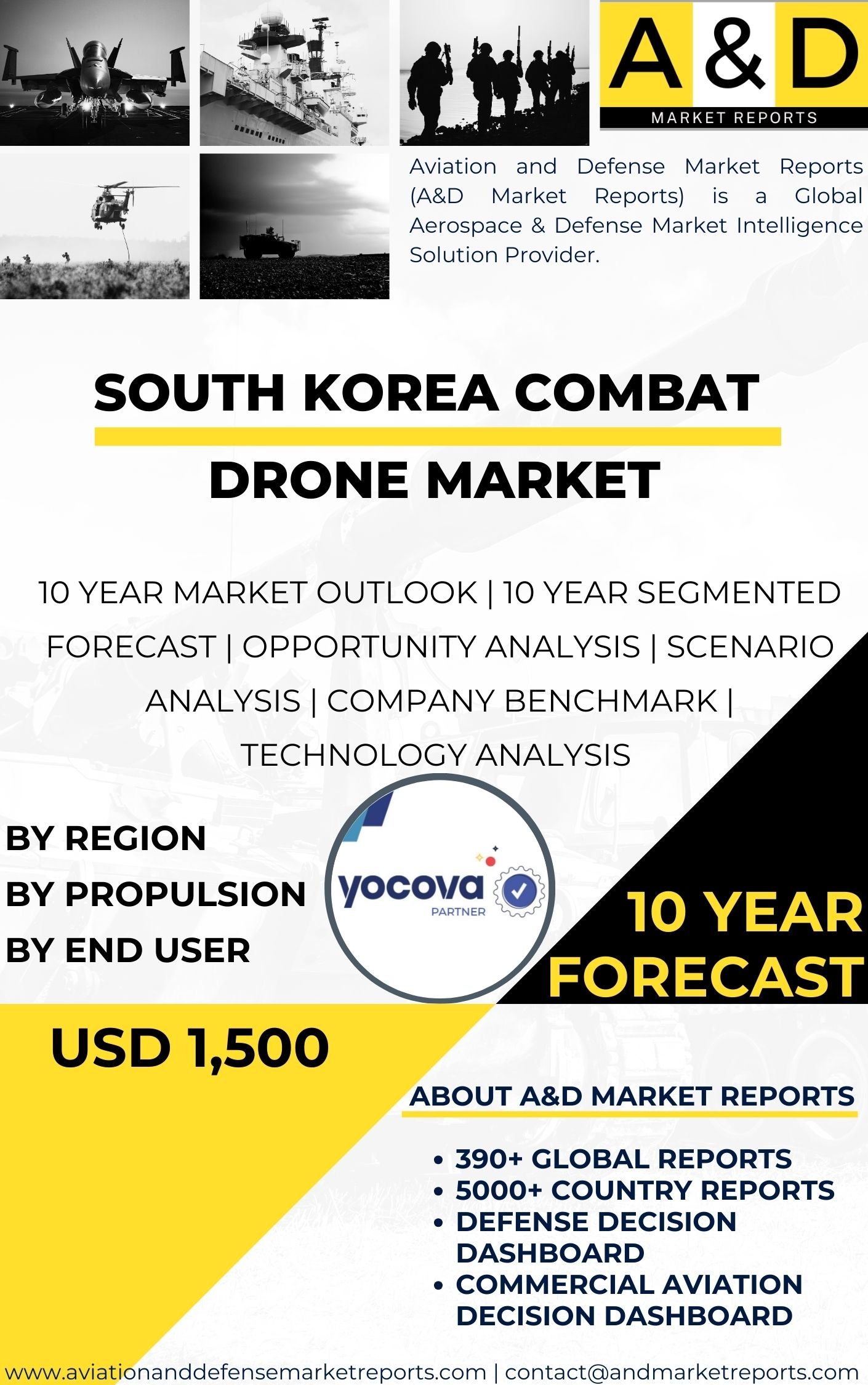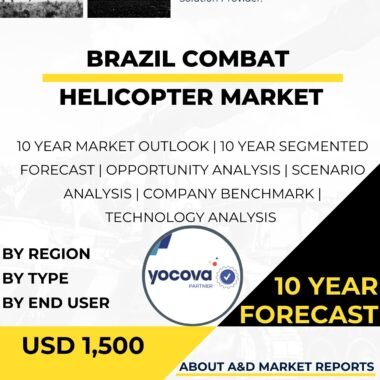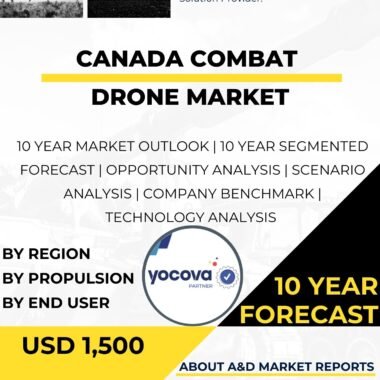Description
The South Korea combat drone market is a rapidly expanding segment within the nation’s defense industry. Combat drones, also known as unmanned aerial vehicles (UAVs) or unmanned aircraft systems (UAS), play a crucial role in modern warfare by providing intelligence, surveillance, reconnaissance, and strike capabilities without risking human lives. This article provides an in-depth analysis of the current state, growth drivers, challenges, key players, and future prospects of the South Korea combat drone market.
The historical context of the South Korea combat drone market can be traced back to the nation’s desire to strengthen its defense capabilities in response to regional security challenges. As South Korea faced complex geopolitical scenarios and evolving security threats, the development and deployment of combat drones became essential for enhancing its military readiness.
In the current landscape, the South Korea combat drone market has witnessed significant growth and diversification. It encompasses a wide range of UAV technologies, including reconnaissance drones, surveillance drones, and armed drones capable of carrying out precision strikes.
One of the primary growth drivers for the South Korea combat drone market is the country’s focus on modernizing its armed forces. As regional tensions persist and asymmetric threats emerge, there is a growing emphasis on developing and acquiring advanced combat drones to enhance military capabilities.
Moreover, South Korea’s strategic location in Northeast Asia and its proximity to potential adversaries underscore the importance of having a robust combat drone arsenal. Combat drones provide real-time intelligence and surveillance, enabling the military to monitor sensitive areas and respond promptly to potential threats.
Furthermore, the South Korea combat drone market benefits from the nation’s focus on indigenization and developing homegrown defense technologies. The government’s commitment to fostering domestic defense capabilities has led to increased investments in research and development, driving innovation in combat drone technology.
Additionally, strategic collaborations with international defense suppliers have been instrumental in accessing advanced combat drone technologies and expertise. Partnering with established global companies allows for technology transfer and enables South Korea to leverage best practices in combat drone development.
The South Korea combat drone market also derives growth from exports to international markets. South Korean companies have gained recognition for producing reliable and high-quality combat drones, attracting demand from various countries worldwide.
However, the market also faces several challenges. One of the primary challenges is the constant need for innovation and technological advancement. As combat drone technology evolves rapidly, developing drones with enhanced capabilities, endurance, and stealth features requires continuous research and development efforts.
Moreover, competing in the global combat drone market can be challenging due to the presence of established international suppliers. To maintain competitiveness, South Korean manufacturers must focus on specialization and niche applications, providing unique combat drone solutions tailored to specific customer needs.
Additionally, adherence to strict international regulations on arms exports and drone technology can impact the market’s global reach. Exporting advanced combat drone technology to certain regions may be subject to scrutiny and restrictions, limiting market access.
To address these challenges and ensure sustained growth, South Korea’s defense industry must prioritize research and development. Investing in advanced engineering capabilities will enable the country to develop cutting-edge combat drones, maintaining a competitive edge in the global market.
Furthermore, fostering strategic collaborations with international partners can enhance technological capabilities and provide access to broader markets for South Korean combat drones. Collaborating with allied nations fosters knowledge exchange and strengthens mutual defense capabilities.
The South Korean government’s continued support for the defense industry is crucial for promoting growth in the combat drone market. Financial backing for research and development initiatives, as well as procurement programs, will drive innovation and ensure the development of state-of-the-art combat drone technologies.
Moreover, promoting a skilled workforce and providing training and education in drone technology will enhance the local talent pool and create a sustainable ecosystem for the South Korea market.
In conclusion, the South Korea combat drone market is a rapidly expanding segment within the nation’s defense industry. Driven by the country’s focus on modernizing its armed forces, indigenizing defense technologies, and expanding export opportunities, the market continues to grow steadily. However, challenges related to innovation, global competition, and export regulations require proactive measures from the government and the defense industry to ensure sustained growth and competitiveness in the global market. By investing in research and development, fostering strategic collaborations, and promoting a skilled workforce, South Korea can strengthen its position as a key player in the global combat drone market and enhance its overall defense capabilities.




